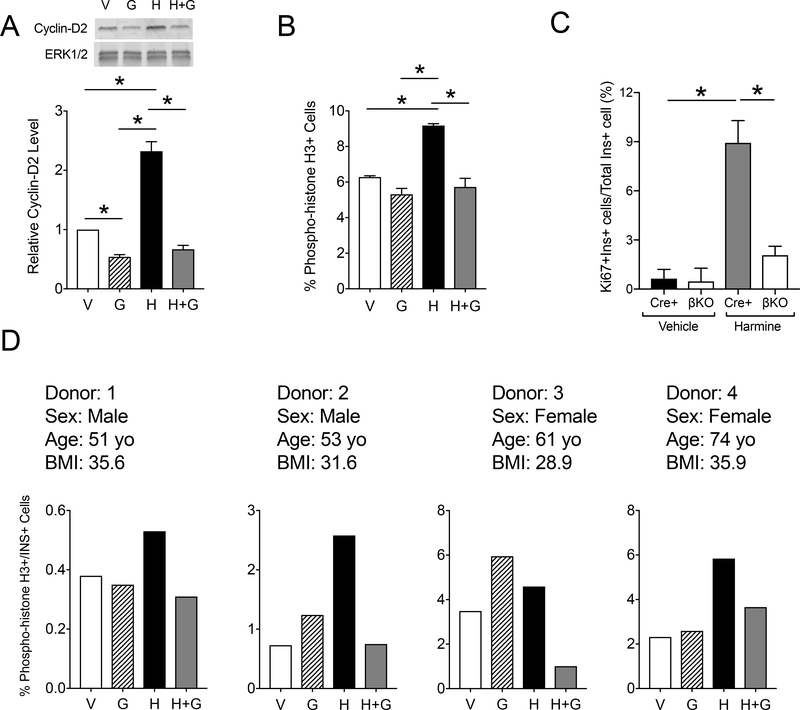Figure 6: DHPS inhibition attenuates harmine-induced β cell proliferation in mouse and human islets.,
(A) Islets were isolated from male 8–9 week old CD1 mice, then treated in vitro with vehicle (V), harmine (H), and Gc7 (G). Representative immunoblot (top) and quantification of protein levels (bottom) for Cyclin-D2. Data are from N=6 mice per group. (B) Islets were isolated from male 8–9 week old CD1 mice, then treated in vitro with vehicle (V), harmine (H), and Gc7, followed by flow cytometry analysis of dispersed islet cells immunostained for phospho-histone H3. Data are from N=4–6 mice per group. (C). Islets were isolated from control (Cre+) and DhpsΔβ (βKO) mice, then treated in vitro with vehicle (V) or harmine (H), then percent of β cells that immunostained for Ki67 was calculated. Data are from N=3 animals per group. (D) Human islets from 4 donors were treated in vitro with vehicle, harmine, and/or Gc7 (G), dispersed, immunostained for phospho-histone H3, then subjected to flow cytometry analysis. Graphs show a single technical replicate for each donor. Data in A, B, and C are presented as mean ± SEM; *p-value < 0.05 by one-way ANOVA.

